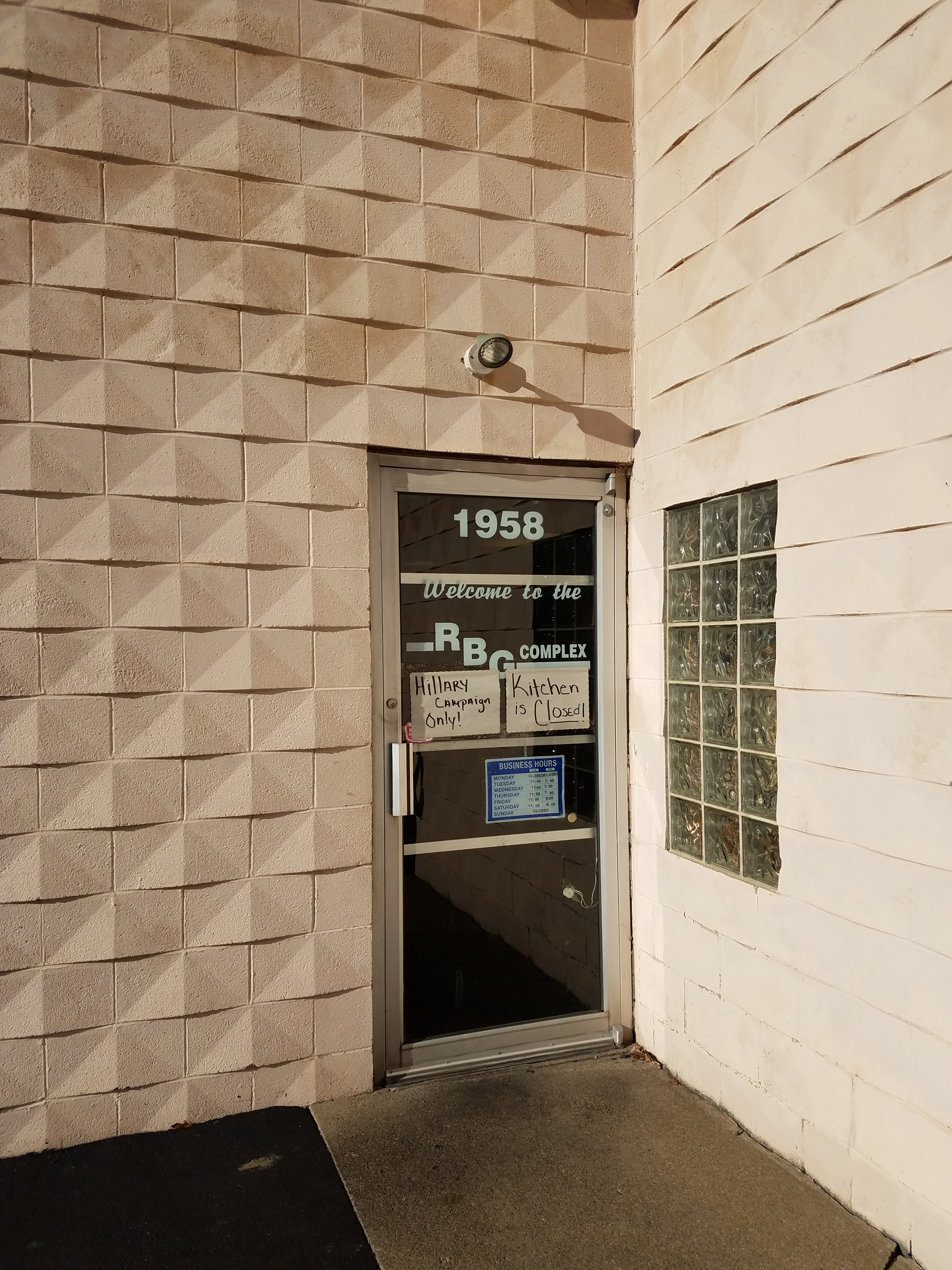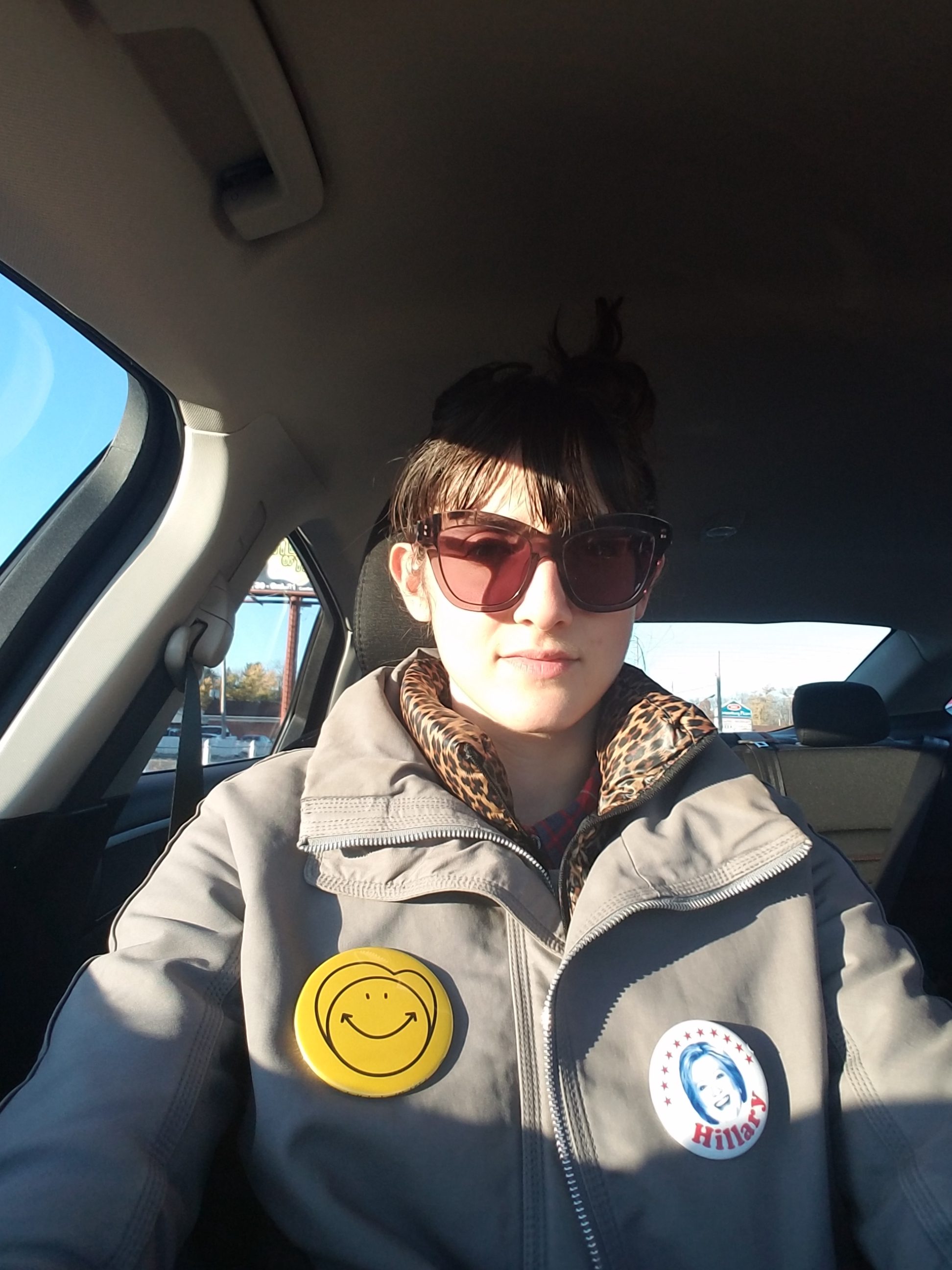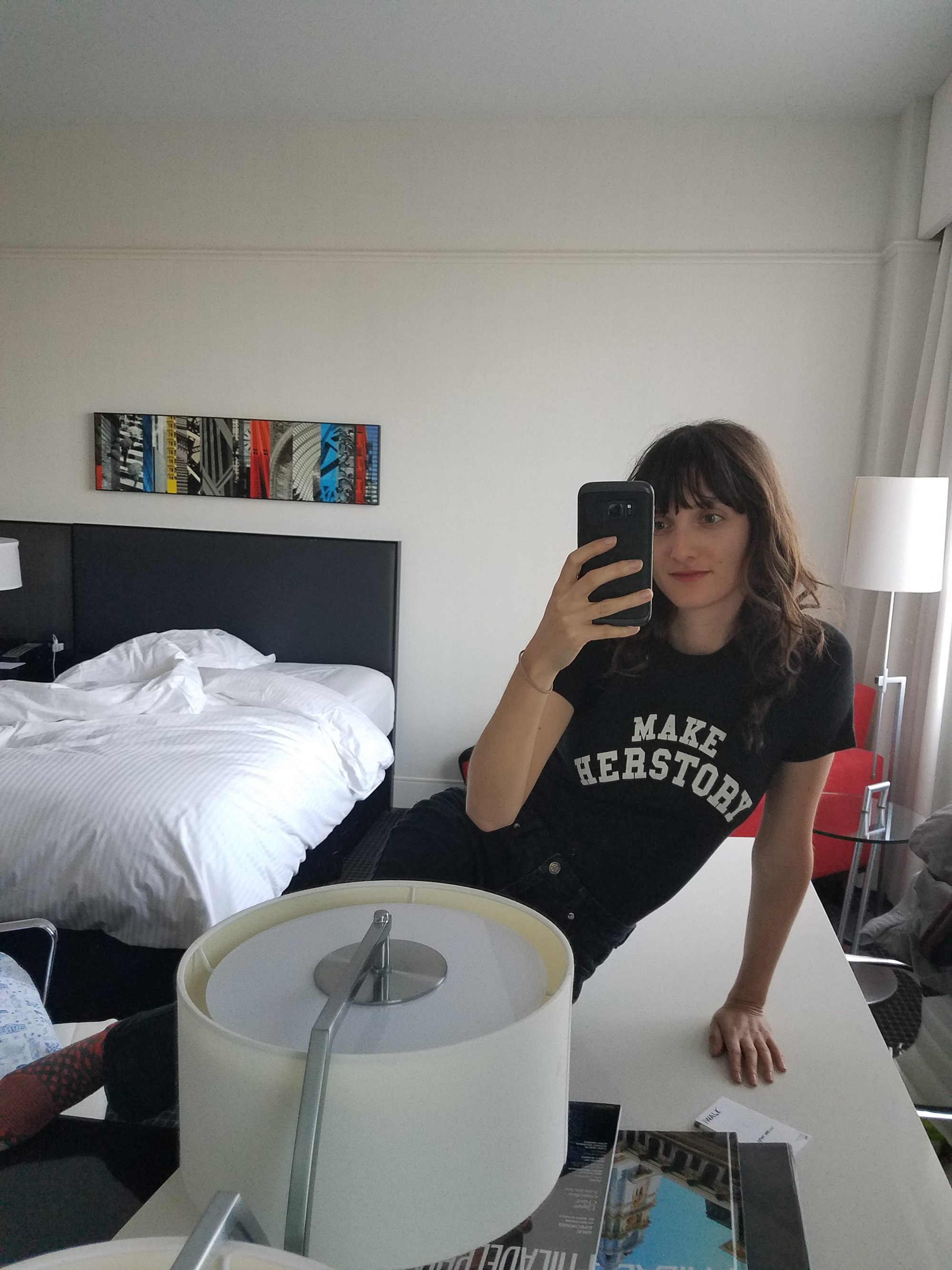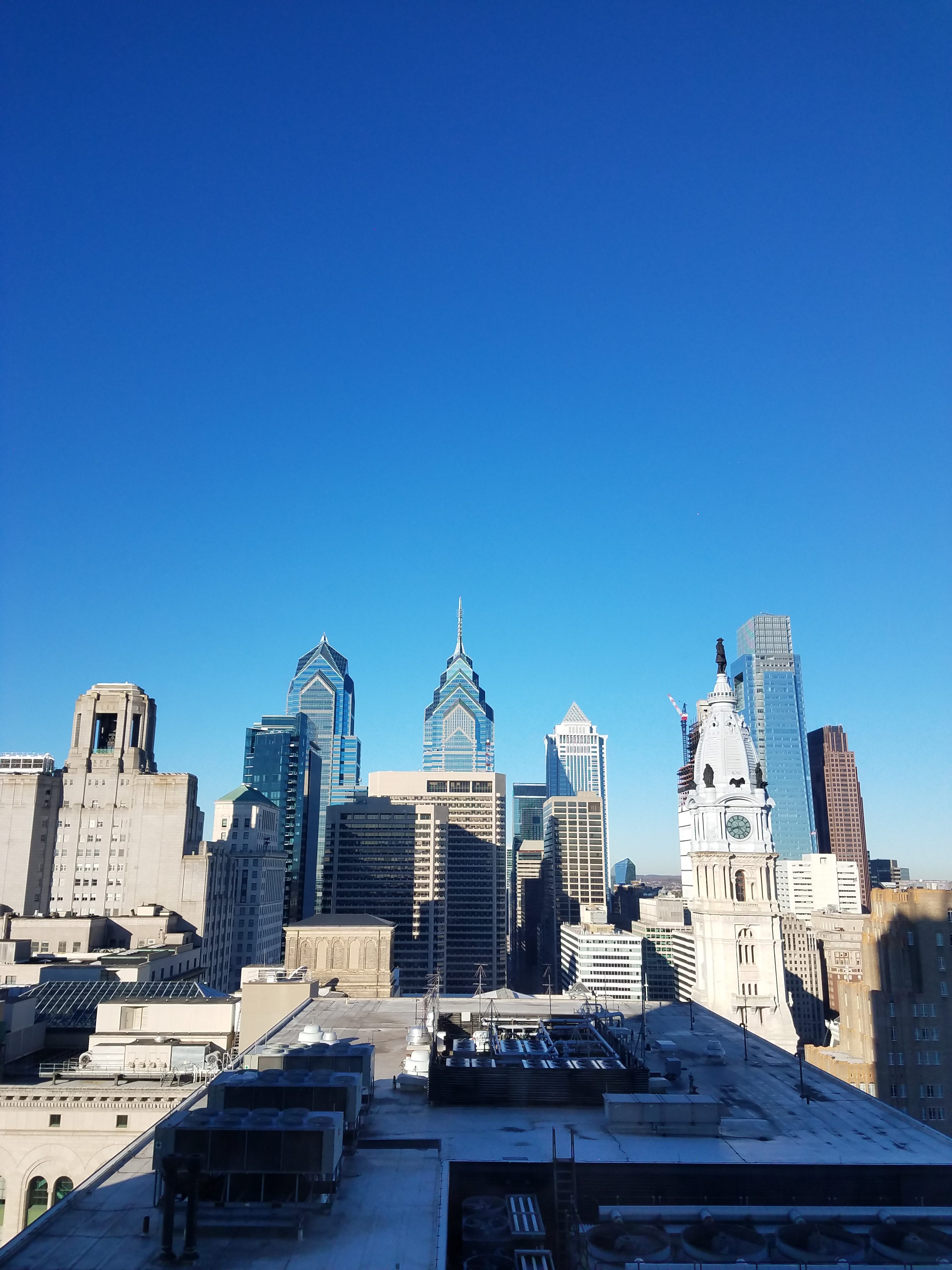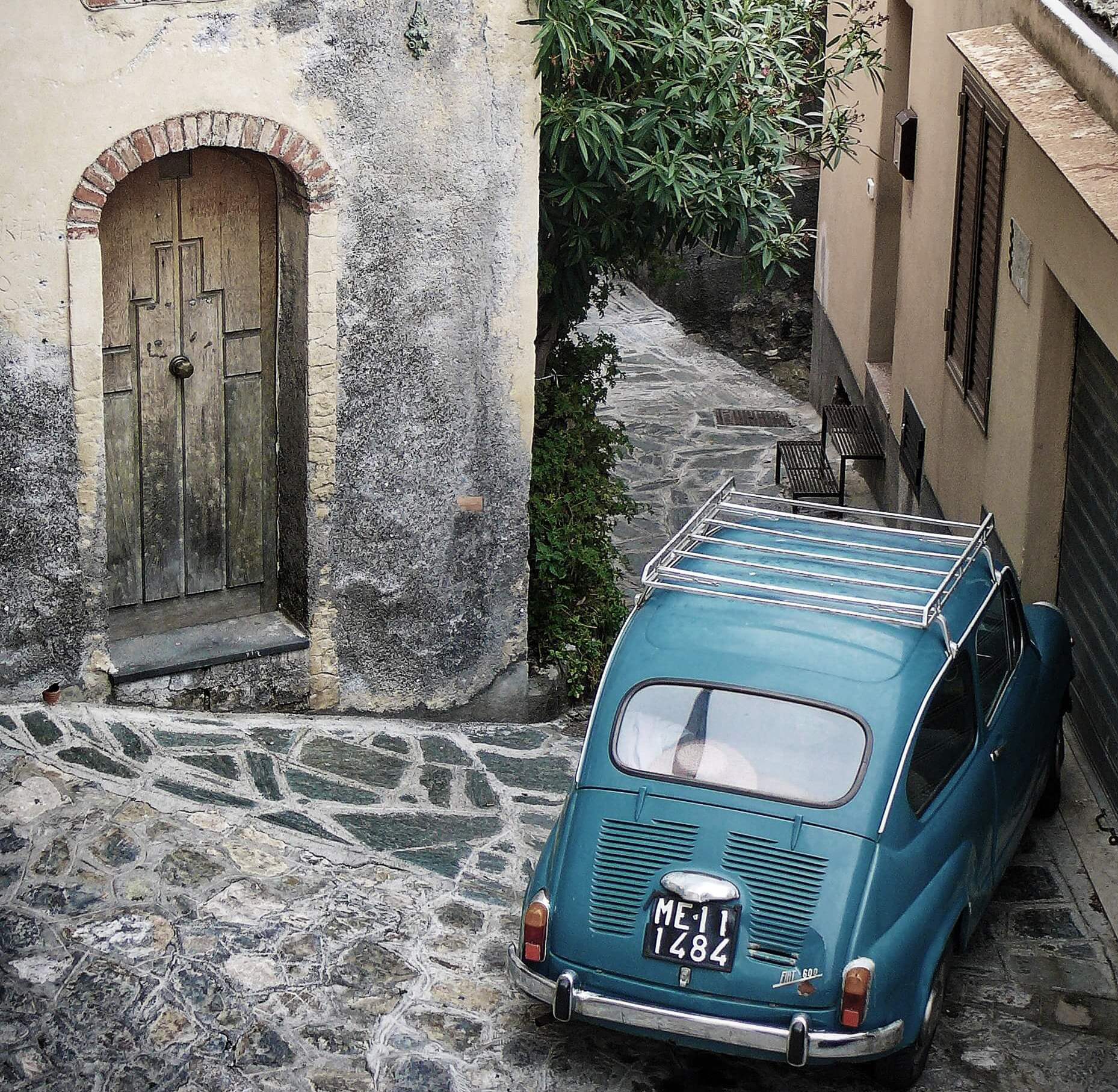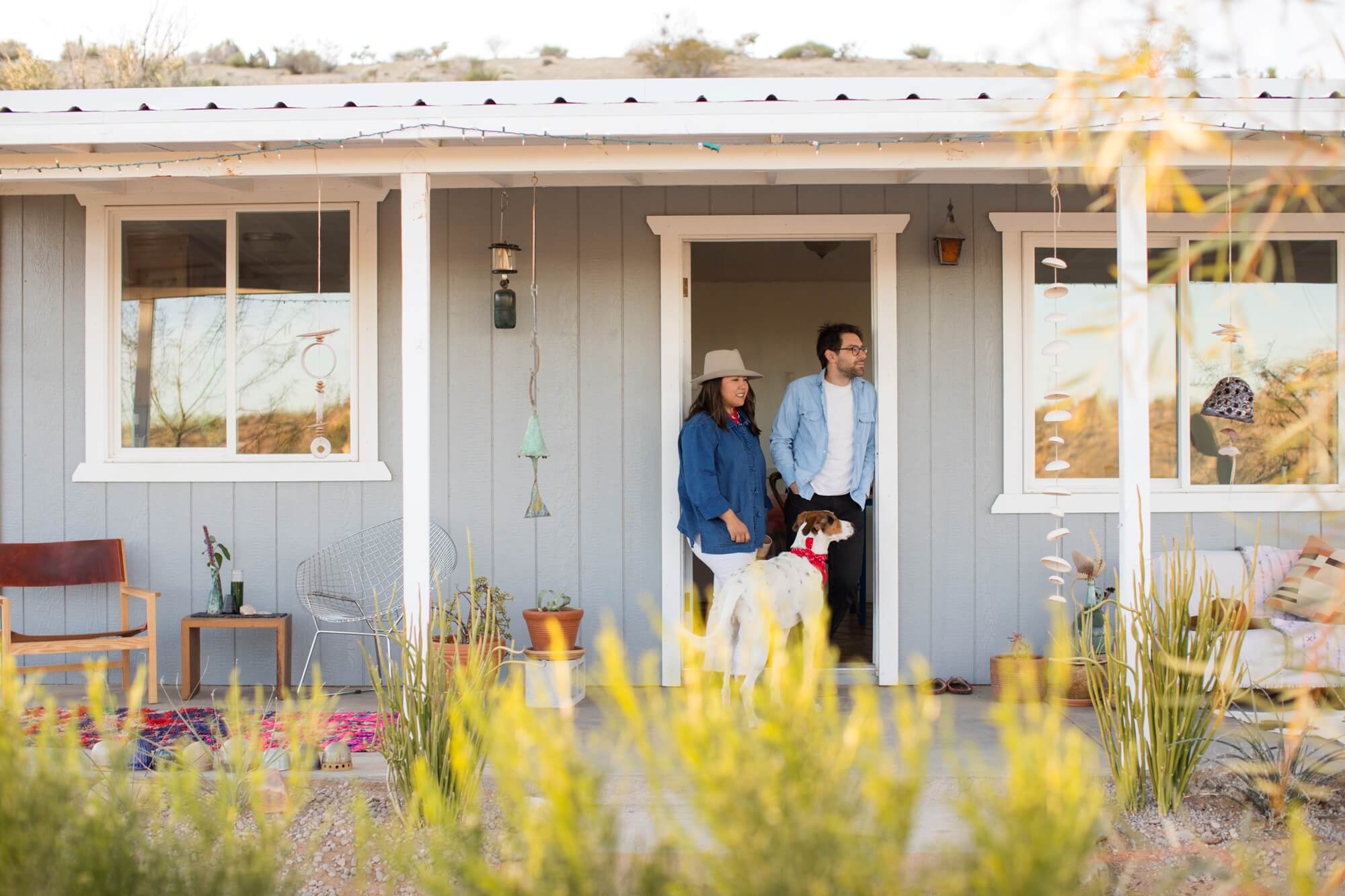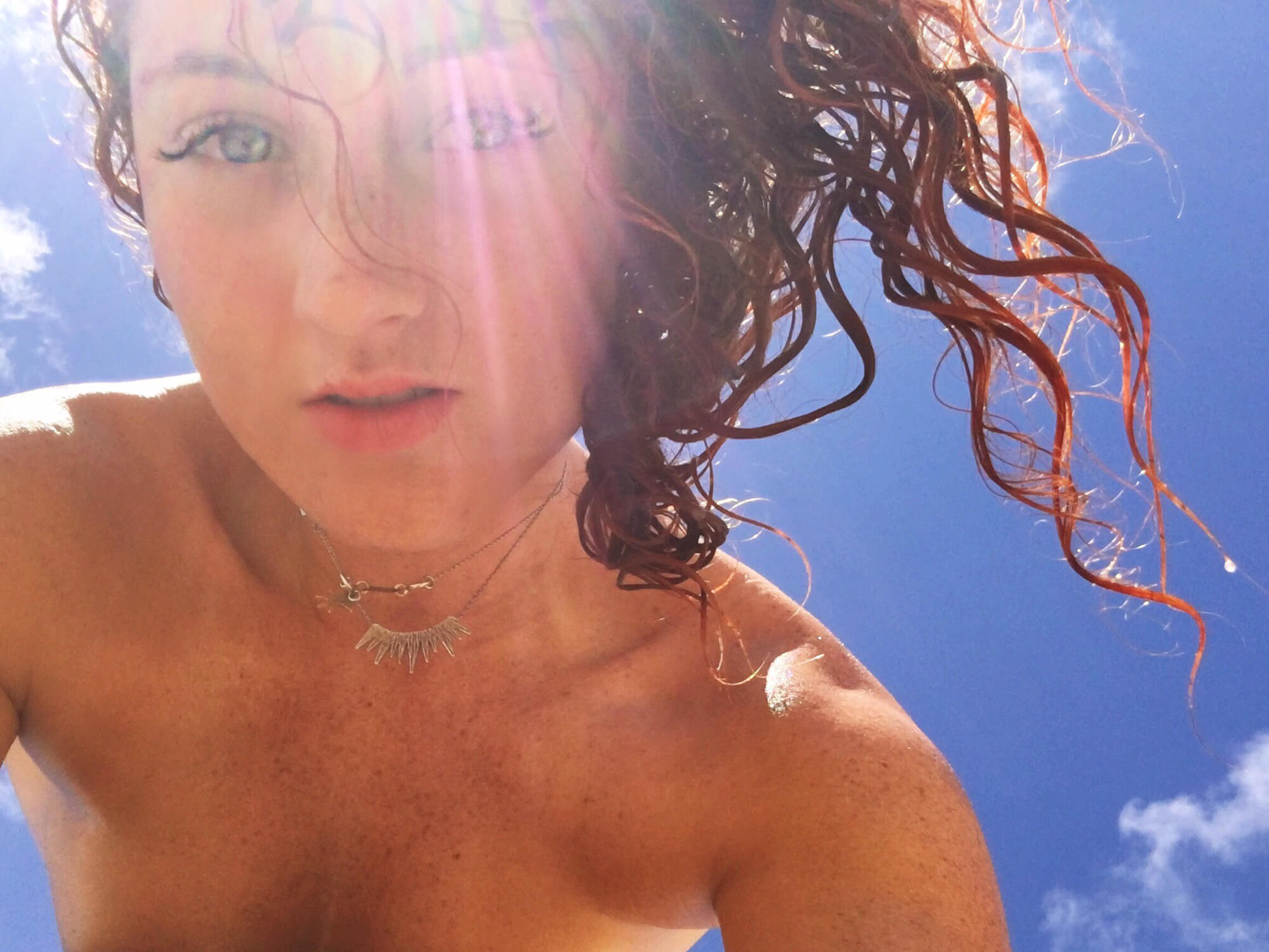This fall, let’s commit to activist travel
It's the healthiest thing you could do for yourself—and the country.
The most memorable trip I ever went on cost me $20 and took me to, of all places, Columbus, Ohio.
It was 2004, George W. Bush was running for re-election, and I was a poor-but-passionate college student in New York City willing to do just about anything to stop that from happening—even if it meant riding in a bus for 9 hours with a bunch of strangers.
So that’s what I did.
The entire trip was organized (and underwritten, minus the $20 to save my seat) by Downtown for Democracy, an artist-run activist group aimed at making politics a little cooler. And parts of it were definitely cool: Adrian Grenier was sitting just a few rows up from me (yup, he rode the bus rather than get his own ride), the street artist Swoon designed the T-shirts we all wore once we arrived, Diplo played the party D4D organized our second night in Columbus.
But lots of it definitely wasn’t. We subsisted off of bagels for about 72 hours (the same bagels, I should clarify—which meant that by our third day, they were rock solid) and slept on the floor of what was dubbed The Lab, a former University of Ohio science building that was no longer in use but still had lab rooms (all covered in a questionable, bright green powder). Also: There was that excruciatingly endless drive to and from Columbus.
It’s time for activist travel to become a thing we all do—not just the consultants, not just the campaign managers, but anyone who cares about our country, democracy, and the direction it’s going.
It wasn’t the busload of cute hipsters, the lo-fi conditions, or even the fact that I’d go on to seriously date someone I met on that trip for seven years that made it memorable. It was what I actually did that left an impression on me: I registered voters. Young voters. 18 and 19-year-olds who were away from home for the first time. Who didn’t have Instagram memes or texts or Taylor Swift popping up to remind them that they were finally old enough to cast a ballot. (And more importantly: to cast a ballot in a swing state.) It wasn’t a competition, but I treated it like one—and on that first day alone, registered 35 people.
That election didn’t turn out the way I had hoped. Neither did the 2016 election, which I spent traveling through Ohio and Pennsylvania (I used vacation days at my editor job for it, and dubbed the trip my Swing State Tour of 2016), knocking on hundreds of doors and having dozens of conversations with voters. But I’d do it all over again. And I believe it’s time for activist travel to become a thing we all do—not just the consultants, not just the campaign managers, but anyone who cares about our country, democracy, and the direction it’s going.
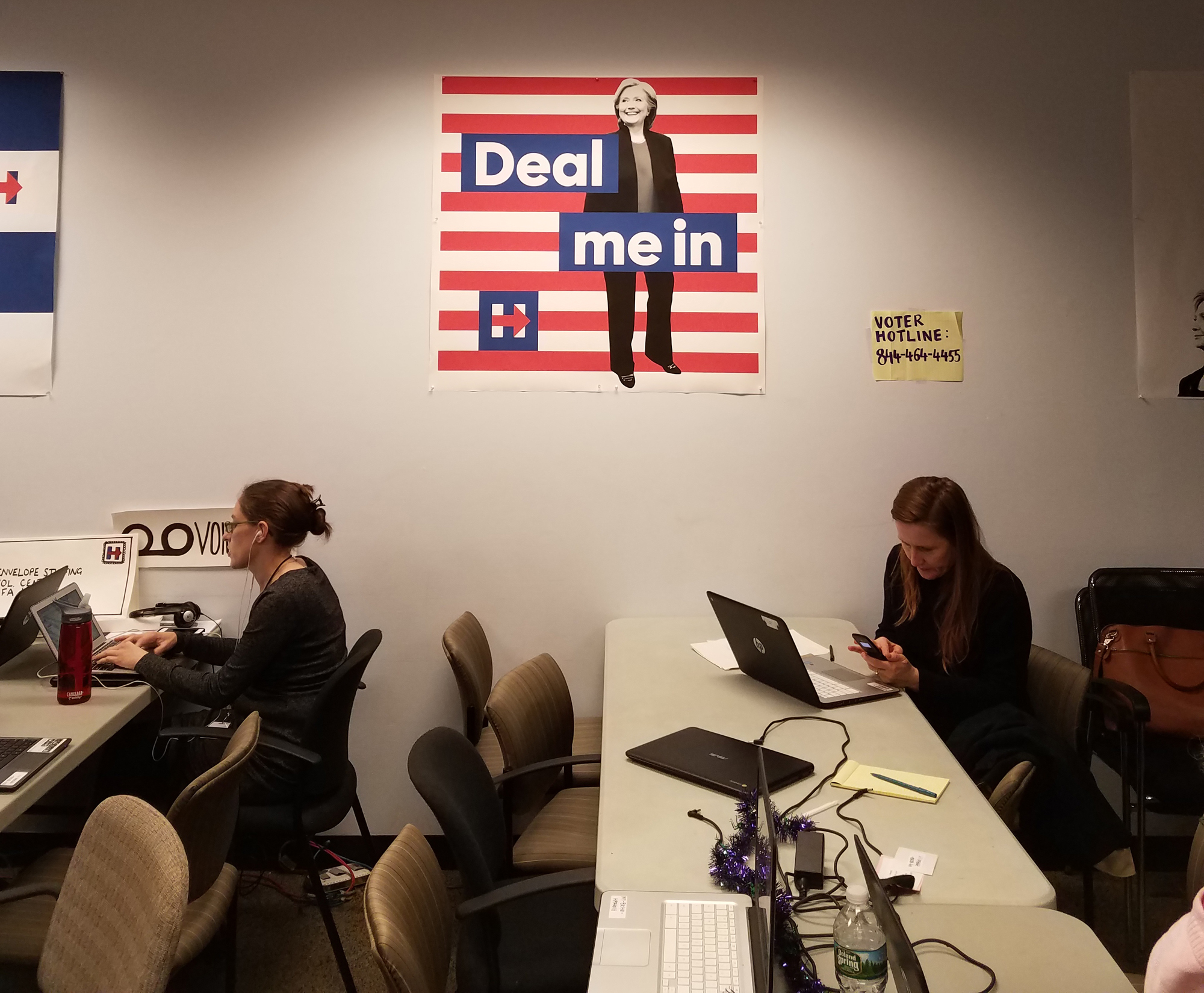
The view from a 2016 campaign office
In the grand scheme of tourism, political travel isn’t exactly a category you find showing up on Conde Nast Traveler‘s annual list. Retreats? Sure. Spa trips. Definitely. Marathon tourism? Why not? But while zigzagging across the US to help out a campaign doesn’t have very much luxe appeal (and full disclosure: good luck finding a Four Seasons or even a vegetarian restaurant when you’re in rural Ohio), it’s truly the most rewarding way to see the country.
And that’s the thing: When you volunteer for a campaign, you don’t have much say over where you actually go. In 2004, after my initial trip to Columbus, I followed it up with another visit in the lead up to Election Day. That first night, I slept on the floor in some Columbus DIY space. The next morning, we got word that in a few hours we’d be boarding a van and driving up to Toledo; John Kerry was slated to speak there that night—his final speech before Election Day–and then we’d stick around to work as poll watchers in this key Democratic stronghold. That second night, I slept in some nondescript motel in some nondescript town between Columbus and Toledo. The morning after that, we were instructed to pack our things and bring them with us to the polling place—because the organizers didn’t actually know where we’d be staying that night, or if we’d even stick around. To be prepared, they wanted us to have our things with us. Spoiler: We spent that night in a van, cutting across Pennsylvania and New Jersey (and quietly crying) to get back home by the morning after Election Day.
Traveling as an activist has taught me the value of letting go.
It’s not just where you spend your day that you have little say over; it’s how you spend it. Other than when you fly in and fly out (or bus, or drive, or however you’re getting there), as a political tourist you’re following directives that are based on up-to-the-minute research on which districts are most crucial at that very moment. Your days might begin early. They could go late. They could go really, really late. (Sometimes, after an exhausting day knocking on doors, I’d spend the evening phonebanking. After all, when there’s only a week left before an election, every free hour before midnight—when it’s 9 p.m. on the West Coast and officially too late to bother people—counts.)
Maybe there will be pizza waiting for you when you get back to the office after canvassing. Maybe there won’t be. Maybe you’ll be able to find a restaurant that serves salads and almond matcha lattes; more likely, you’ll just be excited if you pass a Chipotle or a Panera (because hey, at least they have a gluten-free menu and always offer avocado).
That’s not at all how I usually travel. Especially when I’m exploring for The Glassy, I don’t just have an itinerary; I have my days planned to the half-hour. If I haven’t mapped out every single veg-friendly spot in a city, I’m not doing my job. But traveling as an activist has taught me the value of letting go.
- Scenes from Ohio during my Swing State Tour of 2016
The other thing that happens when you volunteer for a campaign is that you see places that probably aren’t on your bucket list—but are still eye-opening in the way that all travel should be. Siem Reap, Lake Baikal, Youngstown, Ohio? Among the places I’ve visited, I ended up at the latter because it was considered one of the crucial counties of the 2016 election.
Once a booming steel town, Youngstown (population 64,000) and the areas that surround it are now mottled with empty lots and abandoned homes. The opioid crisis has hit a fever pitch. When you canvass, you get a turf packet (that’s campaign speak for a list of doors you’re to knock on, names you’re to ask for, and information you’re to confirm with the person you’re speaking with—like whether they can commit to voting for a specific candidate) and then you’re on your own. When I spent a few days in Youngstown during my Swing State Tour of 2016, my assigned turf packets took me to a suburban neighborhood (Hillary lawn signs everywhere) one day, a government housing project the next (with some of the most well-informed and friendly people I met in the state), and an eerily empty town after.
That last town was, well, terrifying. Pick-up trucks filled driveways. Confederate flags hung on garage doors. Guns were in clear sight. More than a few people were clearly under the influence of something strong when they answered the door (if they did at all—I’d occasionally see through a screen door someone lying on the floor, barely rousing when I knocked). Among the people I did speak with, there was a common refrain about jobs—or lack thereof. That they showed up in my turf packet meant in the past they were considered reliable Democratic voters, but it was hard to believe that everyone I met that day would cast their ballot for Hillary.
From my Brooklyn apartment, there wasn’t much I could do to counter the Fox News narrative; being there, having face-to-face conversations with people, felt like I was doing something that was actually productive.
And that’s the thing about campaign tourism: You’re often faced with hard truths. Ones that you might not want to see, but are important for you to understand. Driving past a scarecrow in a blonde wig and an orange jumpsuit placed in a faux jail on some well-manicured lawn in an Ohio suburb chilled me to my core—but it allowed me to understand what I was up against, and motivated me to knock on even more doors that day. It’s not that I didn’t know this was happening—but from my Brooklyn apartment, there wasn’t much I could do to counter the Fox News narrative; being there, having face-to-face conversations with people, felt like I was doing something that was actually productive.
And just as I travel to far-flung places like India or Mongolia to get out of my bubble (and let’s face it: we all live in bubbles, even if some are more diverse than others), activist travel has provided that same opportunity. And just like other travel, there’s also that fear-facing element to it: of walking on unknown streets, of having conversations with strangers, of traveling solo.
- Election Day 2016 views from my Philly hotel room
There’s another type of fear that activist travel forces me to deal with, head on: the very real fear that these people could decide my rights as a human being. Sitting in my apartment, refreshing Twitter, reading the Washington Post, listening to NPR; it all becomes unbearable at times, as I feel completely helpless to the dangerous, far-right ideology taking over this country. When I board a plane, a bus, a van, or a car and go somewhere in the thick of things, and have face-to-face conversations with potential voters, it helps me feel a bit more in control of my future. It helps me sleep at night. It helps me ward off panic attacks. It helps me look back and think: I did all that I could.
Undoubtedly, there’s an element of privilege to activist travel (to have the means to travel somewhere, to have the luxury to take time off from work). But campaign tourism doesn’t have to take you very far: I’ve ridden the subway to the Bronx, a bus to Long Island, and a car to Connecticut to knock on doors for candidates running in small-but-important races that don’t get very much national attention. No matter where I end up, I return home feeling better than when I left—and really, isn’t that what travel should be about?
No matter what happens on November 6, it’s a trip you can feel good about.
With less than one month to go before the 2018 midterms, I urge you to consider trying activist travel. In the weeks leading up to the election, volunteer to canvass for a local campaign (Swing Left will tell you the nearest swing district, which could be just a 30-minute trip away). Take November 6 off and go somewhere for the day—or even better, for the long weekend. Find a campaign that inspires you—anywhere in the country (hello, Beto in Texas)—and turn that into your fall trip. Invite a friend (these things are always more fun when you’ve got a partner) or your mom (which is my go-to). Because no matter what happens on November 6, it’s a trip you can feel good about.
Sure, some elections I’ve traveled for haven’t ended the way I would have liked. But at least I can say I tried. And maybe that’s what makes campaign tourism, in times like these, the most potent form of wellness travel there is.
Rebecca Willa Davis is the editor-in-chief of The Glassy, as well as the founder of the New York-based grassroots activist group Rally+Rise, which is organizing weekend canvassing trips around the state.

